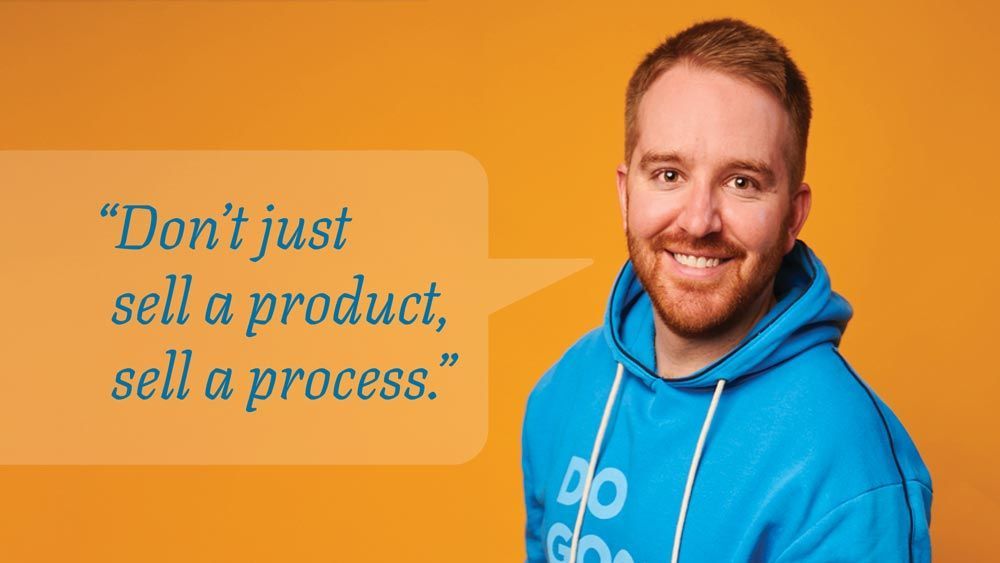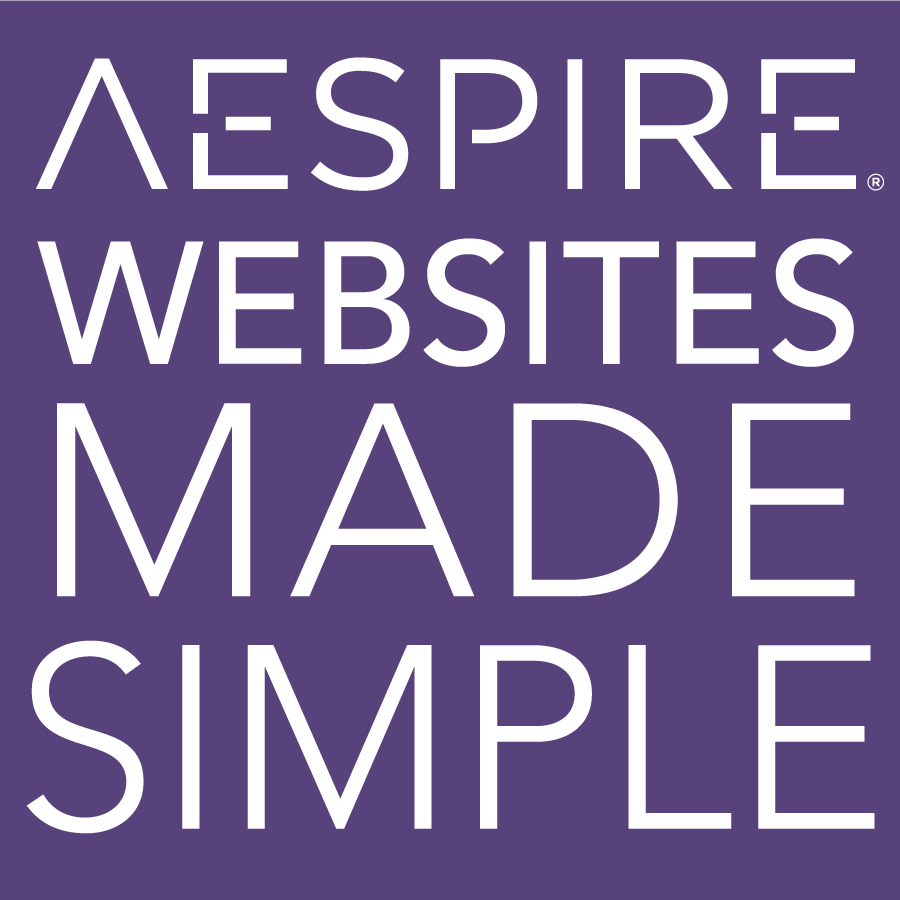The Secret to a Successful Brand Pivot
People buy from brands that are easy to do business with
Even if you do 100% of your shopping online, you probably had a disappointing customer service experience recently.
It’s remarkable when a company like Strikingly can maintain a 98.5% customer satisfaction score over the last 6 years (During the pandemic, no less!). That contrasts with poor customer service that often indicates a company struggles with culture and delivering extraordinary customer experience.
When a company struggles to attract new customers, the economy is uncertain, the business climate changes, or concerns about how customers perceive a company in the marketplace, you’ll inevitably hear talk of “pivoting.”
Some companies, like StoryBrand, pivoted their business model — how they deliver services — to adapt to cultural and economic conditions. When the world went into lockdown, StoryBrand adapted its live in-person events to live stream events which helped them attract and serve more customers and increase revenue.
When a company changes its business strategy, products, or target audience, it’s a brand pivot. This can be risky, but it may also be necessary to pivot, so your company remains relevant and profitable in a constantly changing market or uncertain economic conditions.
Only one kind of brand pivot is relevant to your ideal consumer. When done correctly, people will not notice that you pivoted, but they will tell their friends and family about it.
Create Open Channels Between Buyers and Customer Care
Have you noticed a difference in the quality and type of customer service many companies now provide? It’s as if the global pandemic gave companies an excuse to avoid customer interaction and treat consumers as inconvenient.
When we moved into a new home (after 28 years in our last house), my wife and I bought a new refrigerator. Our choices were a local dealer (smaller selection, personal service) or a national retailer (larger selection, semi-personal service).
We chose a national retailer. When we discovered that the refrigerator was too small for our needs, we tried to call our local Best Buy retail store to exchange the smaller refrigerator for a larger one.
Here’s where it got frustrating: national retailers like Best Buy direct calls to a call center, which hinder the consumer’s ability to reach their local store. That’s frustrating when you need to talk to a knowledgeable person about a technical question, arrange an exchange, or confirm when your refrigerator will be delivered.
We had to drive to the store to reach our Best Buy representative and hope they were working that day. There’s always ambiguity and uncertainty in dealing with companies for which the transaction and sale are of greater value than the long-term buyer relationship.
Make it Easier to Do Business With You
The only way to be confident that it’s easy to do business with your company is to ask your customers. Listen closely to discover, hear, and understand what consumers value and what they expect of their experience with your brand.
- People are busy, uncertain, and fearful of ambiguous and rapidly changing policies. Send people signals that assure them that your company and those who work for you are their advocates, not adversaries.
- Give people a clear plan for working with you and communicate expectations. Lighten up on procedures. Today’s consumer interactions are your last best chance to win trust.
When you think of your product or service as the ideal solution for people’s problems or needs, that way of thinking has implications for growth.
- When you are focused on generating sales, your brand touchpoints (including your marketing) focus on persuading people to buy.
- When you are focused on growing and empowering your customer, you can invite people into a story and relationship with a company they learn to trust through an enjoyable experience.
Design a Brand People Love to Buy From
Your brand is just one part of a customer’s world (if your company is even familiar to them and they are comfortable with it). There may be dozens of competing companies in the category where your brand meets a need with which customers can identify, align, and associate their values and needs.
When people make a buying decision, two things stand in the way of a consumer’s final choice: Your brand’s value to the consumer (not your value proposition, their value proposition) and the consumer’s decision-making approach.
The consumer’s value proposition looks like this:
- I want to meet a need (I’m thinking in a category or niche when I want to solve a problem, achieve a goal, make a difference)
- Problem (x) or challenge (y) gets in the way of helping me get what I want
- Company/Brand is the solution for my problem (x) or challenge (y)
Think of your brand positioning this way: People love to buy from companies that are easy to do business with. Show up where people are looking for answers. Be the ideal brand that solves a consumer’s problem.
In this model, the consumer identifies the brand as one that helps them achieve a goal, status, or solution. forces you to change the entire dynamic of how you sell.
Why invest thousands, if not millions, of dollars in marketing campaigns that make people feel your company wants their money but not their loyalty?
Companies that position their brand so that they are the only choice to meet the need of their unique buying tribe build deeper relationships with that tribe because the tribe defines the brand as the right fit for the community’s identity, goals, beliefs, and behaviors.
Your brand is a bridge for your customers to your company. It speaks for you before they buy. Your brand represents the core values you practice now and wants to pass on after you.
In one sense, it’s not hard to understand what it means to be a relational brand. Relationship wins trust. People love to buy stuff; if a brand is familiar and the company is trustworthy, people will buy your stuff.
For that to happen, a company must focus on the core principle of relationship branding, creating followers (who become customers) who build brands that sustain companies.
Stop Trying to Persuade People to Buy
When you focus on your ideal consumer (your community or unique buying tribe), it means your attention shifts from building your brand to empowering your customer. Your marketing doesn’t need to resort to gimmicks, persuading, cajoling, pushing people away, and begging them to pay attention. Instead, invest in brand touchpoints and experiences that invite people to join your brand.
Extraordinary brands empower customers to choose how the brand fits into their lives and define what the brand means if it is to mean anything at all. Instead of positioning your brand as the only choice for consumers, position it as the ideal brand to meet a consumer’s functional and emotional needs.
Once you come as close as possible to meet their need, you’ve won their trust, and they affirm the onlyness status your brand craves.
Positioning your brand for functional or emotional needs opens the door to the intangible attributes consumers associate with relational brands.
Instead of convincing consumers that your brand should matter to them, it frees you to explore ideas, imagine opportunities, and create experiences that invite people to participate and build the brand for you.
Practically speaking, positioning your brand for your customer means your company’s focus shifts from brand-building to customer creation. It’s remarkable how many companies focus inward (what we want our brand to represent) instead of listening outward to their ideal consumer’s goals, aims, and beliefs.
Don’t you think it’s easier to align the brand to the customer (to attract them) than to align the customer to the brand with a never-ending pitch cycle?
Stop trying to persuade people to buy. Instead, invite them to join your brand.
“The easier you make it for people to choose your brand the more likely you are to be successful. From the standpoint of advertising, the best way to make the choice easier is to be famous and let probability do its work.”
Bob Hoffman, The Three-Word Brief
People Want to Believe and Belong
The people in your tribe want to believe in something and belong in a community. Community preferences influence purchases because other people like them purchase from or support the brands they trust and prefer. The unique buying community isn’t just buying; they participate in an experience.
When your brand invites people to participate, it elevates higher-level goals and desires:
- Fear of missing out
- Longing for community
- Desire to achieve a status
The Follower Brand Model
Many companies will pursue a brand pivot by redefining the brand, so it stands for something new or changes to align with a cultural moment to get people to buy more stuff. Inviting your customer to engage with and own your brand is a more effective way to pivot your brand.
It’s no mystery that people who actively participate in a brand’s shared purpose are more engaged than people for whom the brand doesn’t fulfill a functional purpose (solving a problem or achieving a goal) or meet an emotional need (fulfillment, satisfaction, status).
Community members (the tribe) feel like they own and define your brand (Think of Vitamix, Apple, Nike, or Lululemon). When people participate with a brand and share their experience, a transformation occurs: The tribe begins to own the brand. The brand state shifts and a brand pivot occurs.
The secret to a successful brand pivot is making it easy to do business with you. People love to buy from companies that are easy to do business with.
In the follower brand model, focus on creating followers. Make it easy for followers to become customers, enjoy your brand, and sustain your company. Customers come first.
To build your brand, grow your community. That’s the secret to what a customer-focused brand pivot is all about.
Brian Sooy is the first Level C Certified Brand Strategist and StoryBrand Certified Guide. Brian leads the Aespire branding agency and authors books and thought leadership to help leaders find clarity, focus teams, align culture, build brands, multiply impact, and build thriving businesses.
Do you have a hard time explaining what your company does or why your brand matters to people?
If you struggle to grow your business, you’re not alone. Aespire can help you create a clear message and brand that helps you grow your business. Contact us today for a consultation with a StoryBrand Certified Marketing Guide.
Get a Free Comprehensive Marketing Assessment
Stop hoping your marketing will sort itself out.
- Complete this free assessment in 15 minutes.
- Review your custom report (and schedule a 30-minute review) to diagnose what’s happening.
- Create an action plan to get your marketing back on track.








